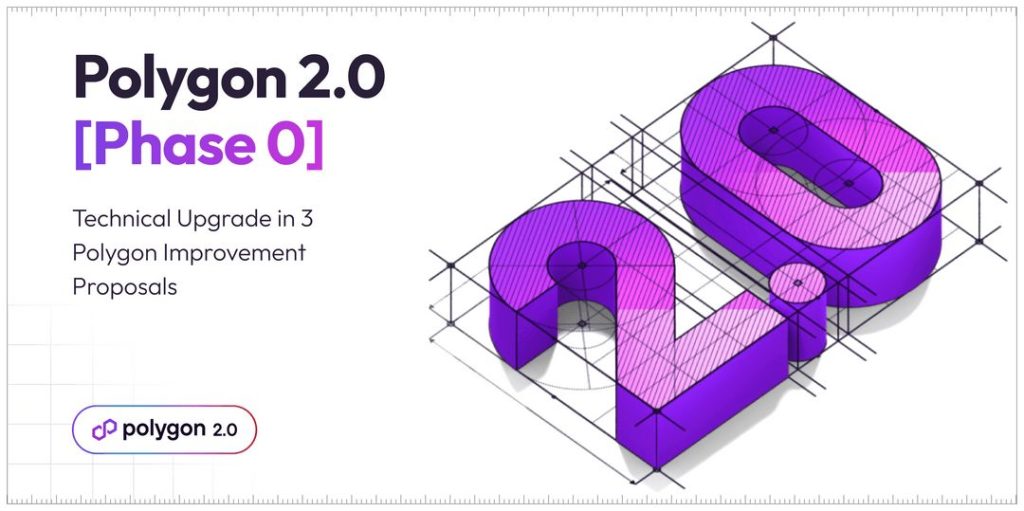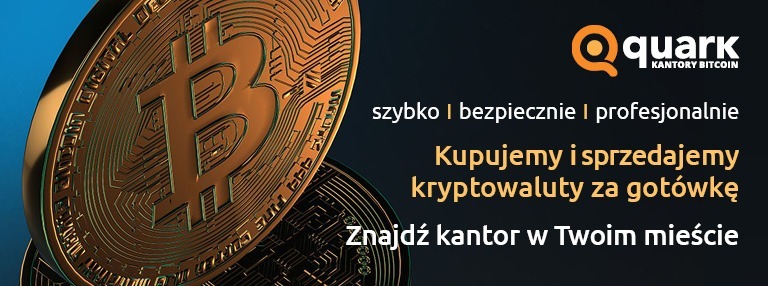
In the world of cryptocurrencies, innovations are a daily occurrence. However, not all changes are as fundamental as the latest news from Polygon. Design teams are laying the groundwork for the transition to a new, more advanced version – Polygon 2.0.
Polygon’s technological development picked up pace with the announcement of preliminary amendment proposals aimed at initiating the transition to the Polygon 2.0 ecosystem. The key innovation here is the vision of interconnected chains in Ethereum’s second-layer network, powered by advanced zero-knowledge (ZK) cryptography.
The tech company Polygon, responsible for network scaling, presented its development plan for the Polygon 2.0 ecosystem in June 2023. It describes an ecosystem consisting of four protocol layers. The staking, interop, execution, and confirmation layers play a key role in creating chains that enable rapid value flow and information exchange.
Sandeep Nailwal, co-founder of Polygon, emphasized that the goal of the ecosystem is to become a value layer in the global network, using ZK technology to ensure low fees and high throughput in the broader Ethereum ecosystem.
The mentioned amendment proposals, called Polygon Improvement Proposals (PIPs), were published on September 14 with the intention of submitting them for consideration and community voting in the last quarter of 2023.
Detailed information regarding the so-called “Phase 0” presents a vision of interconnected ZK chains in the second layer, aimed at scaling the Ethereum network. One of the key elements is the proposal to transform MATIC tokens into POL tokens, which will become the native token of the Polygon proof-of-stake (PoS) protocol.
PIPs also provide detailed information about POL tokens and contracts that will handle issuance and migration of tokens. It was indicated that POL tokens could be exchanged at a 1:1 ratio with the current MATIC tokens.
It is also important to note that although PIP-19 will not make changes to contracts on Polygon PoS, the properties of the native protocol token will also remain unchanged. Nevertheless, Ethereum contracts awaiting MATIC from the native MATIC bridge may be affected by the update.
Polygon 2.0 is not just another version of a well-known platform but above all a vision of the future of cryptocurrencies and blockchain technology. These preliminary amendment proposals are just the beginning of the journey to a new era in the world of digital currencies. Time will tell what other innovations Polygon will bring us. One thing is certain – it’s worth following the further development of this project.
